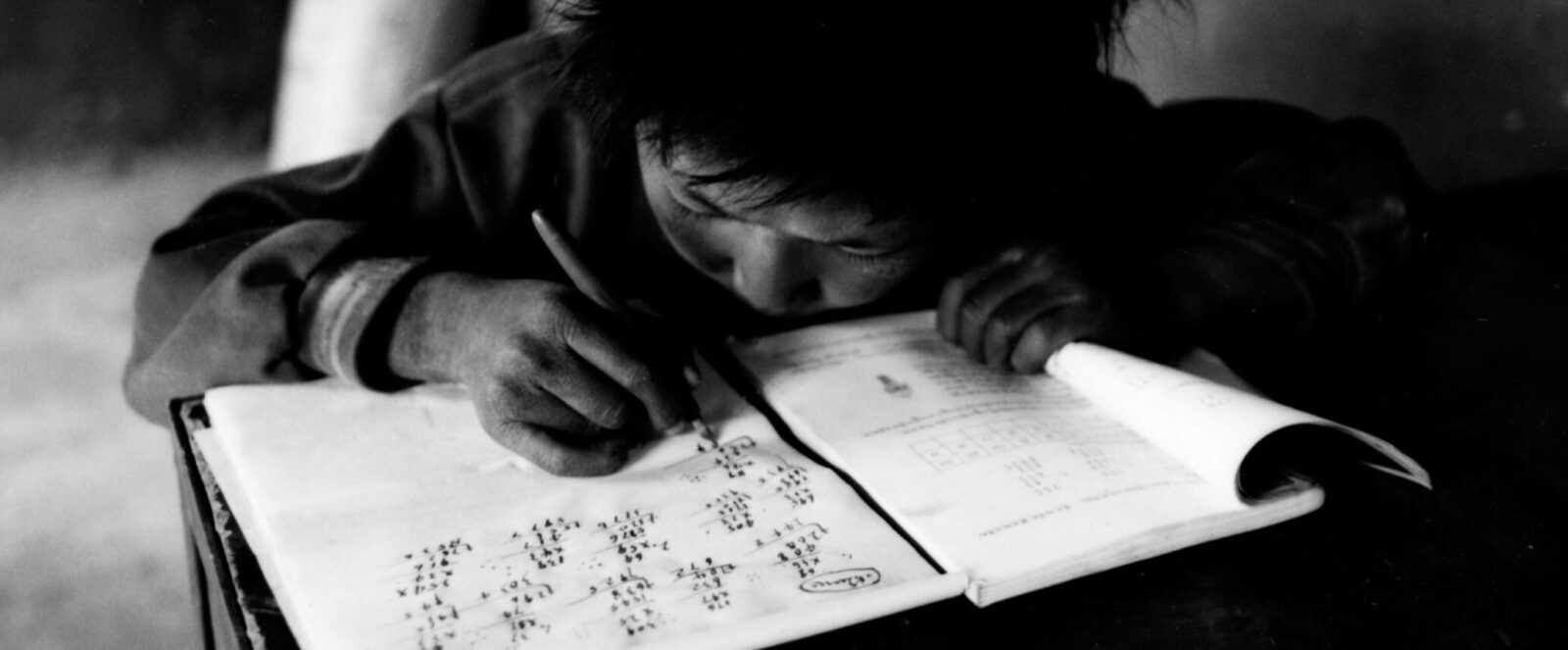In the Shadow of EverestPhotographs by Tom Wool
Rubin Museum
150 W. 17th St., NYC

In the Shadow of Everest presents photographer Tom Wool’s images of life in the villages of Tibet’s Rongbuk Valley. Taken over the course of four weeks in May 2001, Wool’s photographs capture the Valley’s rugged terrain, which stretches roughly 30 miles from the base of Mount Everest on the north side. Home to some three thousand Tibetans, the Rongbuk Valley area is of distinct importance to the indigenous population for its sacred geography and religious history. Believed to be the place where earth touches the heavens, Mount Everest is called “Chomolungma” in Tibetan, meaning “Mother Goddess of the Earth.” The Valley is also home to the Rongbuk Monastery, the highest of any in the world at seventeen thousand feet above sea level.